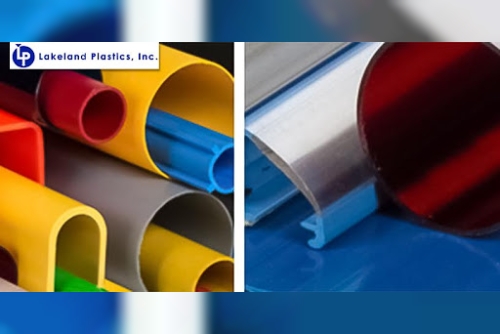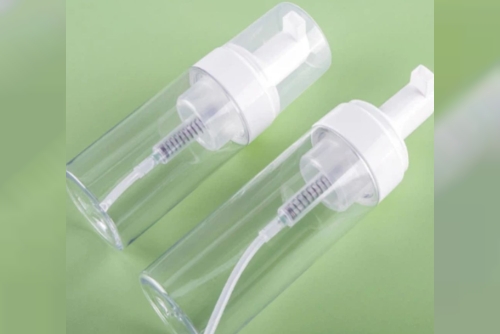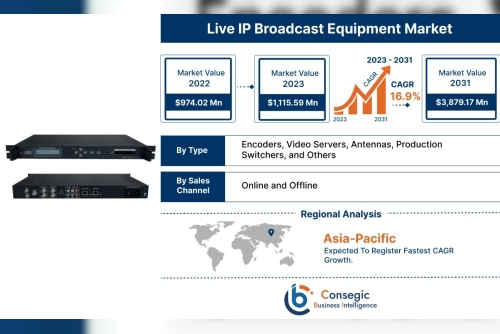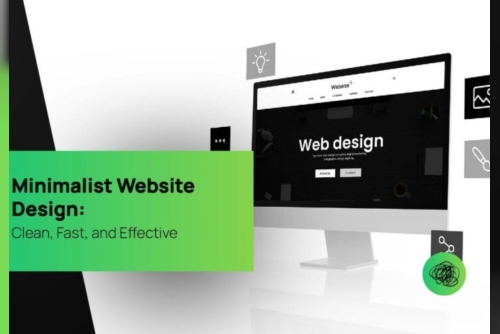Introduction
Water treatment systems play a critical role in ensuring access to clean and safe water for communities around the world. As technology advances and environmental concerns grow, the demand for innovative solutions in water treatment continues to rise. Custom plastic extrusions have emerged as a game-changer in this field, offering versatile and cost-effective solutions that are revolutionizing the way water treatment systems are designed and implemented. In this blog post, we’ll explore how custom plastic extrusions are redefining water treatment systems and driving progress in water purification and filtration.
The Importance of Water Treatment Systems
Access to clean and safe water is essential for human health, environmental sustainability, and economic development. Water treatment systems are designed to remove contaminants, pathogens, and pollutants from water sources, making it suitable for consumption, sanitation, and industrial use. From municipal water treatment plants to residential filtration systems, water treatment technologies play a vital role in safeguarding public health and protecting natural resources.
Advantages of Custom Plastic ExtrusionsCustom plastic extrusions offer several advantages that make them well-suited for use in water treatment systems. Unlike traditional materials such as metal or glass, plastic extrusions are lightweight, corrosion-resistant, and cost-effective. They can be molded into complex shapes and profiles with high precision, allowing for customized designs that meet the specific requirements of water treatment applications. Additionally, plastic extrusions are durable, chemically inert, and easy to maintain, making them ideal for long-term use in harsh environments.
Applications in Water Treatment SystemsCustom plastic extrusions find applications across various components of water treatment systems, including filtration, disinfection, and distribution. In filtration systems, extruded plastic profiles are used to construct filter housings, membranes, and media supports. Their precise dimensions and uniform properties ensure a tight seal and optimal filtration performance.
In disinfection systems, extruded plastic tubing and piping are used to transport chemicals such as chlorine or ozone for water treatment. Their corrosion-resistant properties and smooth interior surfaces prevent contamination and ensure safe and efficient disinfection. In distribution systems, extruded plastic pipes and fittings are used to convey treated water from treatment plants to distribution networks and end-users. Their lightweight and flexible nature make them easy to install and maintain, reducing labor costs and minimizing disruptions to water supply.
Custom Plastic Extrusions in ActionOne example of custom plastic extrusions redefining water treatment systems is the development of modular filtration units for decentralized water treatment. These units consist of extruded plastic panels and frames that can be assembled on-site to create compact and scalable filtration systems for small communities, remote areas, and emergency situations.
Modern Designing
The modular design allows for easy customization and integration with existing infrastructure, enabling rapid deployment and cost-effective operation. Another example is the use of extruded plastic profiles in submerged membrane filtration systems for wastewater treatment. These profiles provide structural support for membrane modules, ensuring consistent performance and efficient operation. Their lightweight and corrosion-resistant properties make them ideal for use in aggressive wastewater environments, where traditional materials may degrade or fail over time.
FAQs Frequently Asked QuestionsWhat materials can be used in extrusion, and which industries benefit the most?Extrusion can be performed with a variety of materials, including metals such as aluminum, steel, and titanium, as well as plastics such as PVC, ABS, and HDPE. Industries that benefit the most from extrusion include automotive, aerospace, packaging, construction, and electronics.
How does design flexibility in extrusion contribute to product innovation?Design flexibility in extrusion allows manufacturers to create complex shapes and profiles that were previously difficult or impossible to achieve with traditional manufacturing methods. This enables product designers to innovate and push the boundaries of what’s possible in terms of form, function, and aesthetics.
3. What Are some examples of innovative products made possible by extrusion?Examples of innovative products made possible by extrusion include lightweight automotive components for electric vehicles, high-strength structural profiles for skyscrapers, and intricate heat exchangers for HVAC systems. Extrusion also enables the production of customized medical devices, consumer electronics, and architectural features.
4. How does extrusion compare to other manufacturing processes in terms of cost and efficiency?Extrusion is often more cost-effective and efficient than other manufacturing processes, particularly for large-scale production runs or complex shapes. The ability to extrude continuous lengths of material and achieve high tolerances with minimal waste makes extrusion a preferred choice for many industries.
5. What factors should manufacturers consider when designing for extrusion?When designing for extrusion, manufacturers should consider factors such as material selection, die design, profile complexity, dimensional tolerances, and surface finish requirements. Collaboration between design engineers and extrusion experts is essential to optimize the design for manufacturability and ensure a successful outcome.












